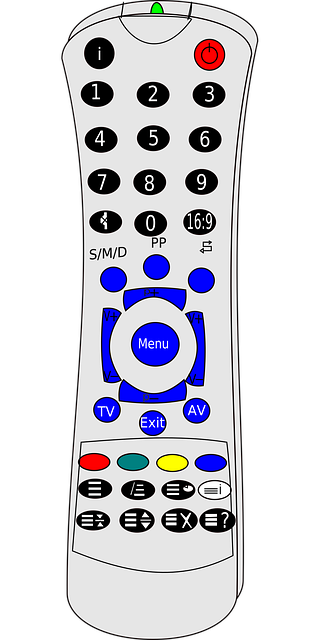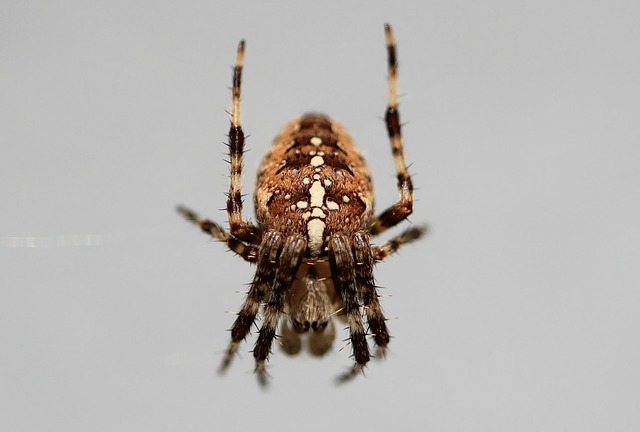Recognize signs of raccoon infestation in Lakewood attics: unusual noises, foul odors, chewing, and small entry holes. Strategically place baited traps during night hours, following local regulations for humane capture and release. Regular attic inspections prevent damage from opossums seeking food, warmth, and shelter.
In the vibrant, bustling community of Lakewood, understanding wildlife control is essential for every homeowner. This guide delves into the world of opossum trapping support, focusing on their behavior and habitat, specifically addressing ‘Signs of a Raccoon Infestation in My Lakewood Attic’. Learn effective trapping techniques to mitigate potential damage caused by these nocturnal creatures, ensuring a peaceful coexistence with nature’s unexpected visitors.
- Understanding Opossum Behavior and Habitat
- Signs of Attic Infestation: What to Look For
- Effective Trapping Techniques for Opossums
Understanding Opossum Behavior and Habitat

Opossums, or raccoons, are adaptable creatures with a wide range and diverse habitats. Understanding their behavior is crucial when dealing with infestations, such as those that may occur in attics. Signs of a raccoon infestation in your Lakewood attic include unusual noises, scurrying sounds, strong odors, and evidence of chewing or scratching on structural materials. These nocturnal animals are known for their dexterity, capable of opening containers and navigating through small spaces, often making their way into homes through chimneys, vents, or broken fixtures.
Their habitat preferences vary, but they commonly inhabit forests, fields, and urban areas with accessible water sources. In residential zones, attics provide a cozy shelter due to their close proximity to potential food sources like garbage bins and pet food, as well as warm environments ideal for rearing young. By recognizing these behavioral cues and understanding their habitat choices, homeowners in Lakewood can take proactive measures to prevent or mitigate opossum invasions, ensuring a peaceful living space free from unwanted visitors.
Signs of Attic Infestation: What to Look For

If you suspect a raccoon has taken up residence in your Lakewood attic, it’s crucial to identify clear signs of an infestation. The first step is to look for evidence of entry points—small holes or gaps around pipes, vents, and roof edges—as these are common access points for raccoons. Once inside, they leave behind distinct traces. Look for foul odors, as raccoons produce strong-smelling urine and feces. Scrutinize the presence of droppings, which can accumulate in large quantities and have a granular texture.
Additionally, listen for strange noises coming from above, such as scrabbling or rustling sounds, indicating the creature’s movement. You might also find chewed materials, like insulation or wiring, as raccoons often tear apart attic material to create nesting spaces. Keep an eye out for any evidence of food residue, as raccoons are opportunistic feeders and may leave behind crumbs or uneaten meals. These signs collectively paint a clear picture of an attic infestation requiring professional wildlife control measures.
Effective Trapping Techniques for Opossums

Effective trapping techniques for opossums involve understanding their behavior and utilizing specific strategies. One key sign of a raccoon infestation in your Lakewood attic is unusual noises, such as scrabbling or hissing sounds, indicating their presence. To trap them successfully, place baited boxes or traps near suspected entry points, using foods like peanut butter or fruit to attract them.
Timing is crucial; opossums are most active at night, so setting traps during this period increases the likelihood of capture. Additionally, check local regulations before setting any traps to ensure compliance and humanely capture and release any non-target animals. Regular inspection of your attic for signs of infestation can help prevent damage and keep your home safe from these adaptive creatures.
Understanding opossum behavior, identifying signs of an attic infestation, and employing effective trapping techniques are key steps in resolving this issue. If you suspect a raccoon has taken up residence in your Lakewood attic, it’s crucial to act promptly. By following the strategies outlined in this article, you can ensure a humane and efficient resolution, maintaining a safe and peaceful home environment. Remember, professional wildlife control support is always an option for more complex cases, ensuring the best outcome for both your property and the animals involved.
